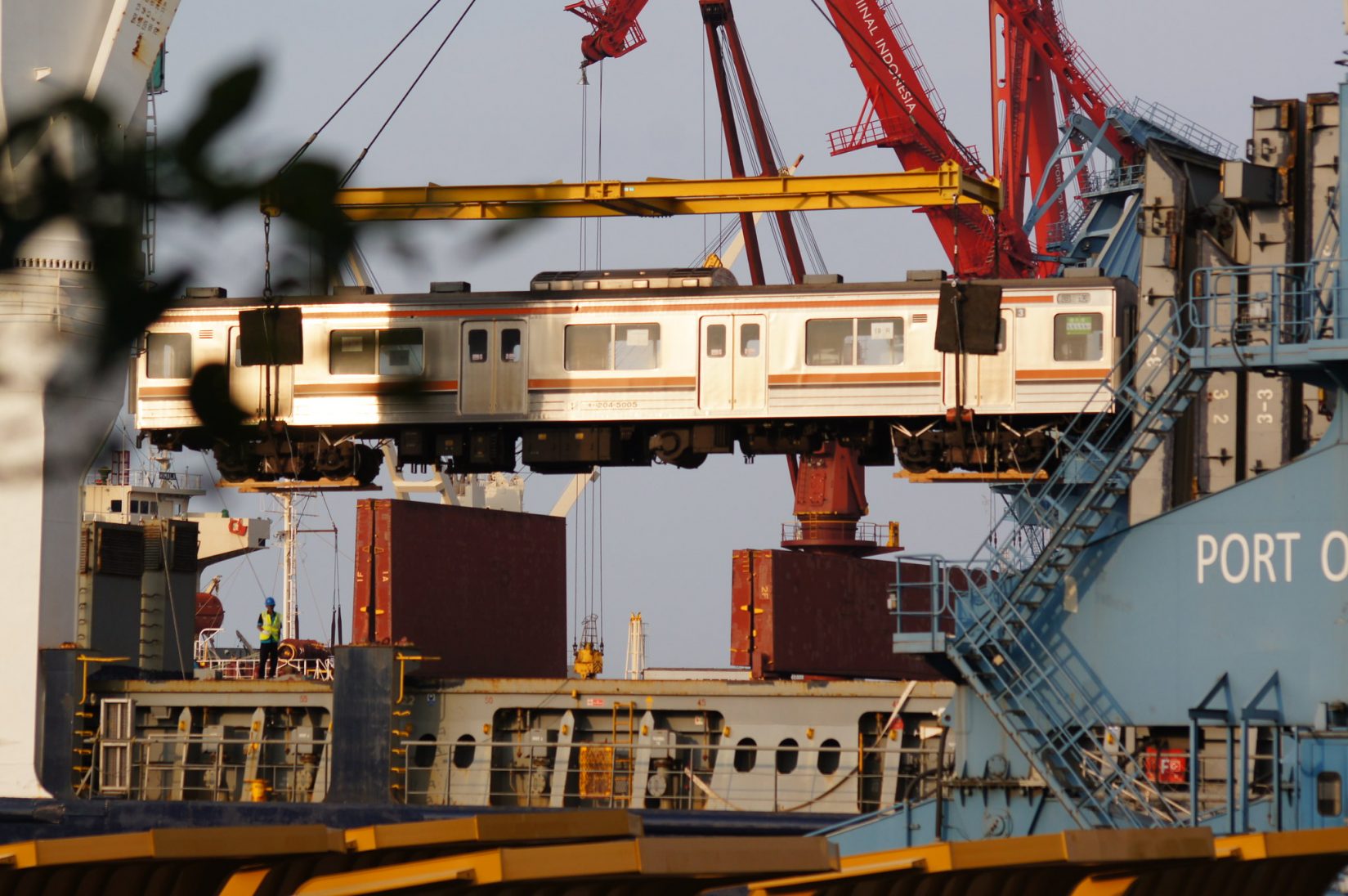The Legal Impact of the South China Sea Arbitration Award on Indonesia

The award in the South China Sea arbitration strengthens Indonesia’s legal position for its maritime claims in the region
On 12 July 2016, the Arbitral Tribunal formed under Annex VII of the 1982 United Nations Convention on the Law of the Sea (LOS Convention) issued its decision on the proceedings brought by the Philippines against China relating to certain activities in the South China Sea. The award deals with various important issues relating to law of the sea and the interpretation of the LOS Convention, such as the jurisdiction of the Tribunal, legal status of maritime features, historic rights and duty to preserve the marine environment. The award would undoubtedly influence other unresolved issues in other parts of the world involving islands and maritime features. More importantly however, it would influence the position of other littoral States in the South China Sea who are not part of the dispute, such as Indonesia.
Indonesia is a littoral state in the South China Sea and claims the exclusive economic zone (EEZ) and continental shelf in the south-western part of the South China Sea (North Natuna Sea), but it does not have any sovereignty claims in the South China Sea. The award of the arbitral tribunal, however, would affect Indonesia since it involved interpretation of provisions in the LOS Convention, of which Indonesia is a party. Not only had the award given a confirmation of the legality of China’s claims in the South China Sea, but the Tribunal’s interpretation of Article 121(3) of the LOS Convention on “rocks” would influence Indonesia’s legal position in negotiating outstanding maritime boundaries with its neighbours.
The Arbitral Tribunal’s award in the dispute between the Philippines and China included a long-awaited decision on the legality of China’s claim over the South China Sea based on the nine-dashed line. The Tribunal ruled that China’s claim to historic rights to the living and non-living resources within the nine-dash line is incompatible with the LOS Convention to the extent that it exceeds the limits of the maritime zones China can claim from its mainland or from islands over which it claims sovereignty.
This finding is important to Indonesia, as China’s nine-dash line in the southern part of the South China Sea seems to overlap with Indonesia’s projected EEZ and continental shelf in the North Natuna Sea. Indonesia is already dealing with numerous illegal fishing vessels in the area (and have controversially sunk numerous foreign vessels caught for illegal fishing). Thus, an affirmation that China’s nine-dash line cannot be used as a basis for any rights over the resources in the South China Sea is surely a welcome one to Indonesia.
Another important part of the arbitration award is the articulation of the distinction between “islands” capable of generating extended maritime claims (that is, EEZ and continental shelf entitlements which extend 200 nautical miles (M) – or more, in the case of continental shelf – into the sea) and “rocks” which only generate a 12M territorial sea. The decision set a high bar for a feature to qualify as a “fully-fledged” island capable of generating the full suite of maritime zones. The Tribunal found that “[t]he term “human habitation” should be understood to involve the inhabitation of the feature by a stable community of people for whom the feature constitutes a home and on which they can remain.” The Tribunal continues by stating that “the term ‘economic life of their own’ is linked to the requirement of human habitation, and the two will in most instances go hand in hand.” In particular, the Tribunal determined that there are no islands in the Spratly group in the South China Sea capable of generating EEZ and continental shelf.
This interpretation of what constitutes a “full-fledged” island according to Article 121 is important to Indonesia, which still has outstanding maritime boundaries to be negotiated with its neighbours. This is especially the case with Palau. Indonesian Ambassador to Germany Oegroseno says Palau “uses Helen Reef, a chain of reefs in the Pacific, as a basis for its 200M EEZ claim.” Indonesia on the other hand argues that Helen Reef at best is a “rock” under Article 121(3) of the LOS Convention and can only generate a 12M territorial sea.
It is still unclear if the Award in the South China Sea arbitration will endure and be influential in how States negotiate boundaries with each other. However, the fact that Indonesia is using the Tribunal’s interpretation of Article 121 in negotiating maritime boundaries with its neighbours is important. Whether or not state practice will follow the jurisprudence of the Award, the South China Sea Arbitration is now the starting point of discussion regarding whether a feature is a rock or island.
Leonardo Bernard is a legal researcher on international law with litigation and corporate practice experience, both in Indonesia and Singapore. He is an Associate Research Fellow at ANCORS at the University of Wollongong, Australia.
This is the fourth article in a series of articles on the South China Sea published on Australian Outlook, first prepared for a workshop on the South China Sea, hosted by the Maritime Security Research Group at UNSW Canberra.
This article is published under a Creative Commons Licence and may be republished with attribution.





